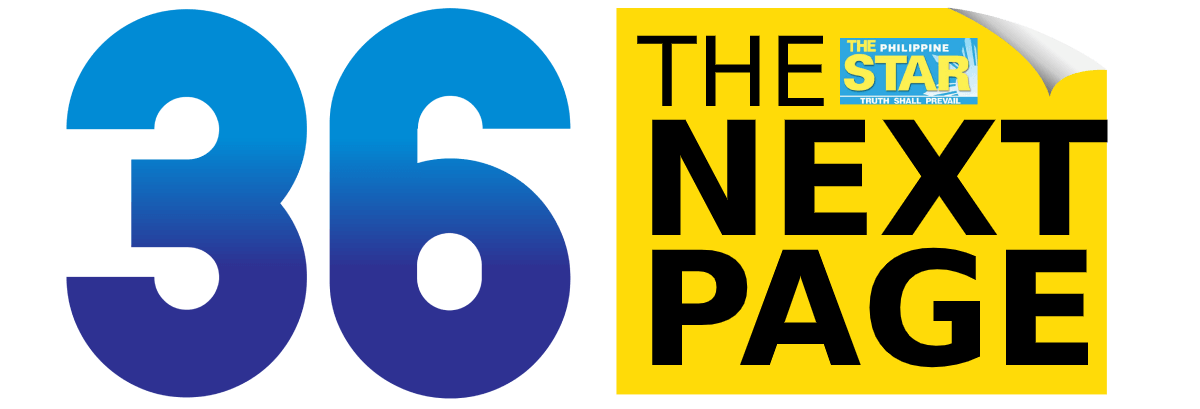Raising a generation of critical thinkers requires some thinking, more doing

There is a big elephant in the room that we can no longer ignore: The Philippines has a learning crisis we all need to solve. This is true because by almost all measures, we are producing students and graduates who are unprepared for life and work in the 21st century.
Local and international learning assessments show that an overwhelming majority of our learners are not proficient in the basic reading, math, and life skills needed for them to be productive members of society. Unemployment and underemployment numbers show that things are not going well for those in and out of the labor force, the pandemic economy notwithstanding. Ask any HR manager, and you will hear of their increasing difficulty to hire people with the right skills and competencies.

It is not for lack of trying. The policies put in place in the past decade have been designed to improve access and learning in the country: the Universal Kindergarten Law (2010), K to 12 law (2013), Free Higher Education Act (2016), Tulong Trabaho Act (2018). Programs like 4Ps have been successfully implemented across at least two administrations to widen participation in education. However, while the policies and programs implemented at a time of relative economic prosperity widened access to education, they did little to improve learning outcomes. Add a pandemic into the mix, and we have had our access gains erased and learning worsening to an all-time low.
Keeping children in school is not just the responsibility of government. Parents are as, if not more, accountable. What if we also penalized parents whose children drop out? Parents in developed countries like Canada, UK and France are fined up to $1,000 for their child’s truancy.
What if we do some thinking and more doing this time around? As someone who has been at this work for over 10 years, I can say that implementation has always been the problem, not policies and laws. And so, let me offer three implementation hacks to improve education access and quality:

Simplify enrollment and truly make basic education compulsory. While schooling is not the same as learning, the fact that only 63% of 5-year-olds are in kindergarten in school year 2019-2020 is a huge and early drawback to learning. Students also drop out as they go up grade levels, with only 83% of junior high students and 48% of senior high students staying in school.
One problem that parents cite is the changing cut-off age for enrollment. What if we just allowed all children who turn or are already 5 years old for that school year to enroll? Example, a child who turns five on Dec. 31, 2022 should be able to enroll in kindergarten for the school year 2022-2023 which starts in September, just like a child who turned five on Jan. 1, 2022. Effectively, the birth year is the cut-off, not some arbitrary month.
Education isn’t just the realm of educators. As we build human capital, we will need information on the child’s nutrition status, their socio-emotional needs, their foundational skills, post-secondary prospects and career options.
Also, keeping children in school is not just the responsibility of government. Parents are as, if not more, accountable. What if we also penalized parents whose children drop out? Parents in developed countries like Canada, UK, and France are fined up to $1,000 for their child’s truancy.
Keep students in grade level if not proficient in reading. We hear of reports of automatic promotion and grade inflation. Regardless of whether students can read and do math or not, they move up a grade level. No wonder many of our 5th graders are behind their peers in the region: Only 10% of them are meeting reading standards, compared to 92% of Vietnamese 5th graders.

There are complaints of graduates not having critical thinking skills. Studies show, however, that critical thinking requires language skills, information literacy, and creativity. Non-readers will have a much harder time making sense of information than readers. What if we de-stigmatized keeping non-readers at a certain grade, until we get the foundations right? Just like building a house, we can’t continue if the foundations are weak, or we risk collapse.
Leverage technology to target intervention. Education isn’t just the realm of educators. As we build human capital, we will need information on the child’s nutrition status especially at the early age (0-5), their socio-emotional needs, their foundational skills, post-secondary prospects, and career options. Currently, these data are separately stored by the DOH/LGU, DSWD, DepEd, TESDA/CHED, and DTI/DOLE, respectively. These data systems don’t “talk” to each other. One result is that a significant number of 5-year-old children (1 in 3) are stunted and unprepared to study.
What if we de-stigmatized keeping non-readers at a certain grade, until we get the foundations right? Just like building a house, we can’t continue if the foundations are weak, or we risk collapse.
Another problem is a curriculum that is unresponsive to workplace needs. Why don’t we copy from the banking system, which uses an application programming interface (API) that acts as a translator of different databases, making it easy to move money from one bank account to an e-wallet and withdraw from payment centers? An API for all human capital development agencies will allow us to meet the learners at the level of their needs and give targeted interventions.
Of course, some thinking is required, because the learning crisis is not just an education problem. We will need the kind of multidisciplinary and creative thinking that EDCOM 2 will provide. We need EDCOM 2 — a multidisciplinary, multisectoral approach to education rethinking that can get us out of this mess. But importantly, we gotta do.
